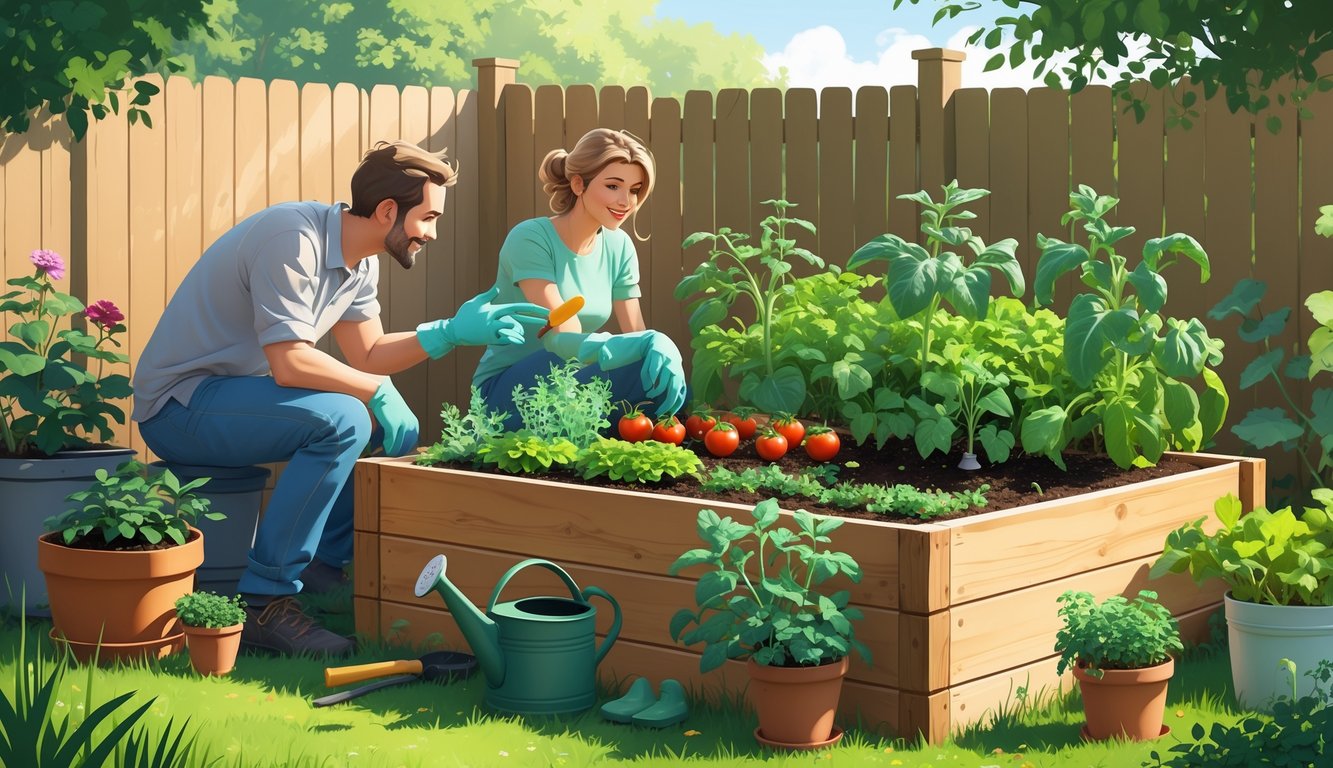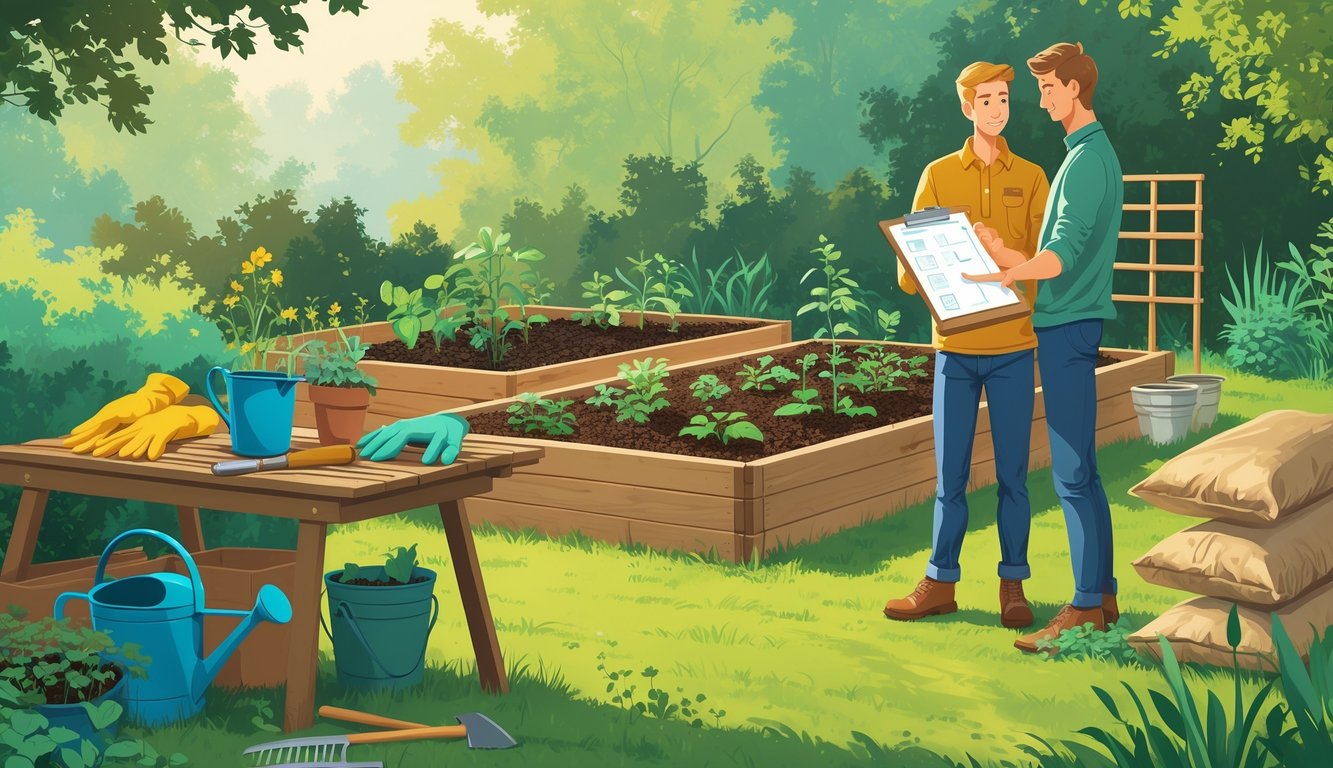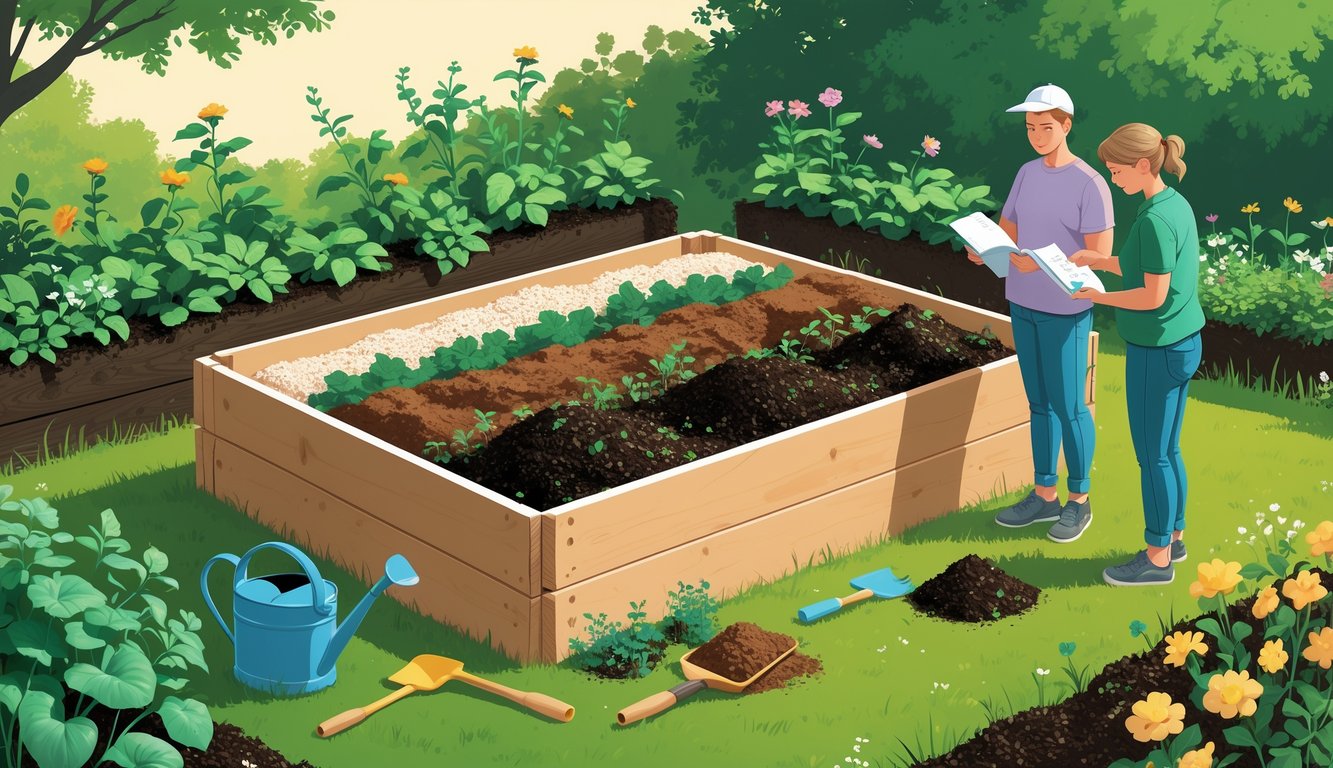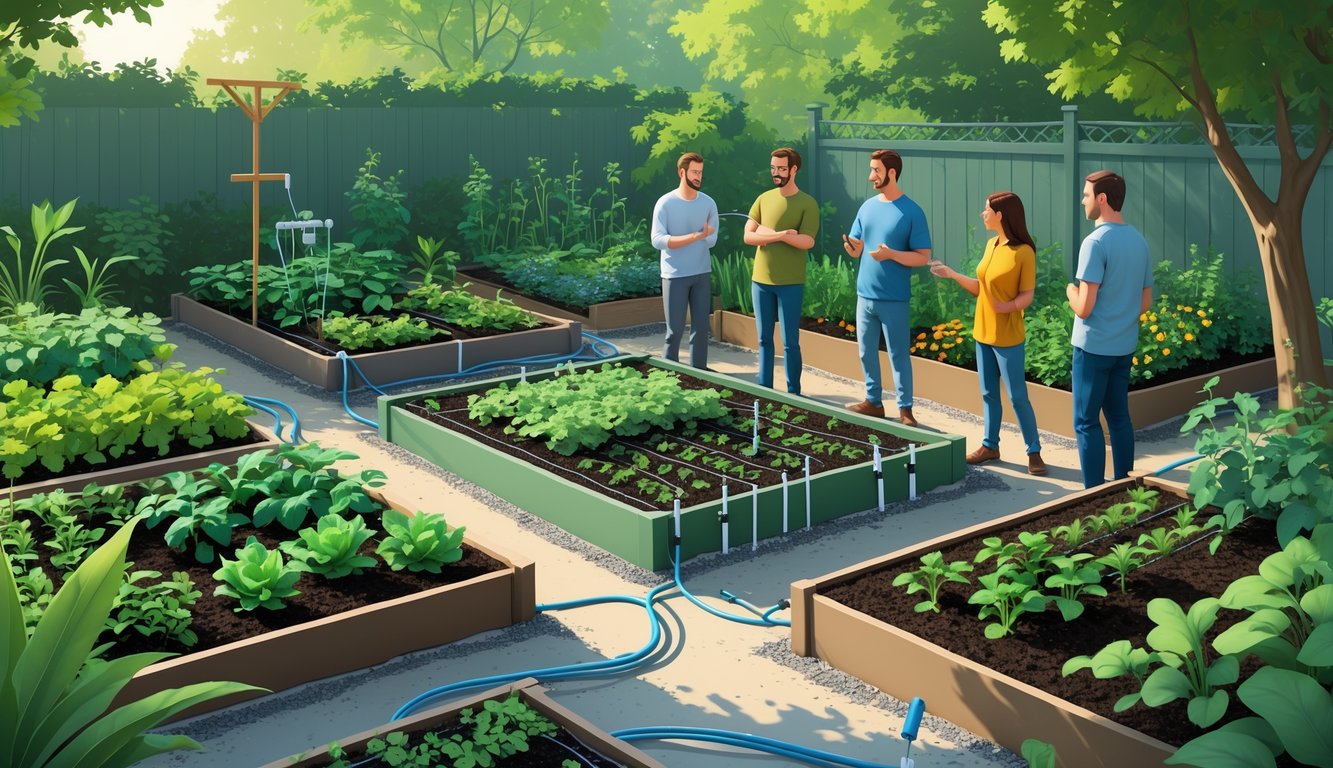
Essential Tools and Supplies for Setup

I swear, every time I try to be thrifty, I end up spending more. Tools, supplies, random stuff I forgot. You will absolutely waste a Saturday and strip at least one screw, probably more. Here’s the stuff I wish I’d just bought up front.
Drills, Saws, and Building Materials
The first time I tried to build a bed with just a manual screwdriver? My wrist still hurts. Cordless drill is non-negotiable. Drill/driver combo, basic set, whatever—just get one. Skip pilot holes and the boards split every single time. Wood glue won’t fix it. Hand saws are fine if you want a workout, but a cheap circular saw saves hours. Trust me, I’m lazy. Lumber? People say pine is fine (again with this). Cedar or redwood outlasts everything. This guide has experts who agree, so I’m not alone.
Use screws. Stainless or zinc. Not nails. Nails pop out the first winter, and I’ve bent so many trying to pry them out, I just gave up. Measuring tape goes missing constantly. Tie it to something neon or you’ll buy three. Carpenter’s square? I didn’t even know what that was until I built a bed that looked like a parallelogram. Now I use one, and my beds are only slightly crooked.
Landscape Fabric and Mulch
I always forget landscape fabric. Always. Then weeds take over and I’m out there pulling crabgrass for hours. Cheap fabric rips, so just get the heavy-duty stuff (three ounces per square yard, minimum). I lost an entire spinach crop to Bermuda grass once. Metal staples hold the fabric down. Plastic ones pop out. Saw some YouTuber use cardboard—it turned to mush and I got mushrooms instead of lettuce.
Mulch is non-negotiable for me: shredded bark or wood chips. Keeps water in, cuts down on weeding, and some horticulture study (which I can’t find now, but I swear it’s real) said it saves about 30% on water. Don’t trust bagged mulch labeled “landscape” unless you know what’s in it—colored mulch can have weird dyes. I skipped mulch once after a big rain and the soil compacted into concrete. Compost works as a mulch, but you have to add more every few months.
If you ever manage to buy all your supplies in one trip, you’re a wizard. I always run out of fabric or mulch by the last bed. If you think mulch is optional, try weeding in August. I dare you. For more ideas, I checked this gardening supplies roundup. It’s not bad.
Preparing the Ideal Soil Mix

First time I filled a raised bed, I just dumped in some “topsoil” from the gas station. Grew nothing but weeds and sadness. Nobody tells you that dirt isn’t dirt—good soil mix actually matters. Supposedly, if you get the blend right, you use less fertilizer and get double the veggies. My neighbor Gary just shovels in whatever, and his carrots look like baby fingers. I don’t get it.
Choosing Soil Amendments
Picking soil amendments is somehow harder than buying a car. Compost, peat moss, manure—whatever’s on sale. I almost never test my soil pH, and when I do, the advice contradicts itself. Old gardeners swear by bone meal or eggshells. I stopped adding wood chips after my first year’s nitrogen vanished. And topsoil? Not the same as “raised bed mix.” Most guides say 75% topsoil, 25% compost, but finding good topsoil is a joke. It’s always clay, sand, or weirdly soggy.
Manure, peat moss, vermiculite—these help with drainage and fluff, but if you overdo the compost, you get sticky, swampy soil. I went nuts with peat once and my kale just flopped. Balance is key, but who knows what the right balance is? I just keep adding composted manure or leaf mold and hope for the best. Don’t bury logs under your soil. People online love that trick, but you’ll get sunken beds and weird craters. Tomatoes don’t care about shortcuts.
Improving Soil Quality and Fertility
Cheap soil goes bad fast. In two seasons, it’s compacted and dead. I tried those “garden booster” pellets and burned half my seedlings. You need more organic matter, not mystery fertilizer. I toss in leaves, kitchen scraps (no avocado pits), and half-finished compost every spring. Worms do the work.
You have to keep mixing in new stuff, or the soil just turns into a crusty mess. Tried cover crops once—clover everywhere, bees everywhere, gave up. If I had to pick one thing that works, it’s forking in more compost every year. Bone meal or blood meal can help if you actually measure it, but who does? Forget “just add sand”—it never works. Spend the money on good compost. I bought a cheap soil test kit once; the beds with real compost always did better, by a lot. Most recipes say peat moss, but honestly, I just add more compost and stop worrying about pH. Mulch helps, too—a thin layer, not a blanket. Honestly, the lettuce doesn’t care.
Optimizing Watering Techniques and Drainage

Why does my neighbor’s chard look perfect and mine’s always limp by afternoon? Every year I mess with irrigation lines, swear off sprinklers, change the schedule, and still end up with wilted leaves and random puddles. Someone told me, “Fix watering or just give up.” Not wrong.
Drip Irrigation and Soaker Hoses
Old-school sprinklers just waste water. Drip irrigation is annoying to set up, but it actually gets water to the roots. Nobody brags about it, but it works. Drip lines or soaker hoses under straw mulch—less fungus, less wasted water. Cornell says you’ll use half as much water, but you won’t see that on any box.
Some garden club retiree said soaker hoses clog unless you bury them just right. The instructions never mention that. You wind the hose around, add a timer, and suddenly you have free time on Saturday. Epic Gardening’s guide is decent, but I wish they’d show what happens in heavy clay soil. Suburbs don’t have a monopoly on good dirt.
Preventing Soil Compaction
Every fall, I swear I won’t stomp all over the wet garden beds, but by spring, there are my muddy footprints, right in the middle, fossilized like I’m leaving a warning for future gardeners. Soil compaction just sneaks up—roots gasp, water runs off, and suddenly the carrots look like they’re flipping me off. “Don’t walk on the soil,” everyone says. Sure. Until you drop your favorite clippers in the dead center and have to go mountain-goat to get them.
So last year, I copied some market farmer’s trick (where did I even read that?), tossing down plywood scraps to reach the middle. Looked ridiculous, but it worked. “Soil structure” sounds like a lecture, but honestly, when I started dumping coarse compost in the fall and tossing wood chips on the paths, drainage got way better. Soggy corners? Basically gone. I watered less, which felt weirdly rebellious. There’s a quick read from BHG about watering and soil, but nobody ever covers the real emergencies, like fishing lost tools out of the abyss.